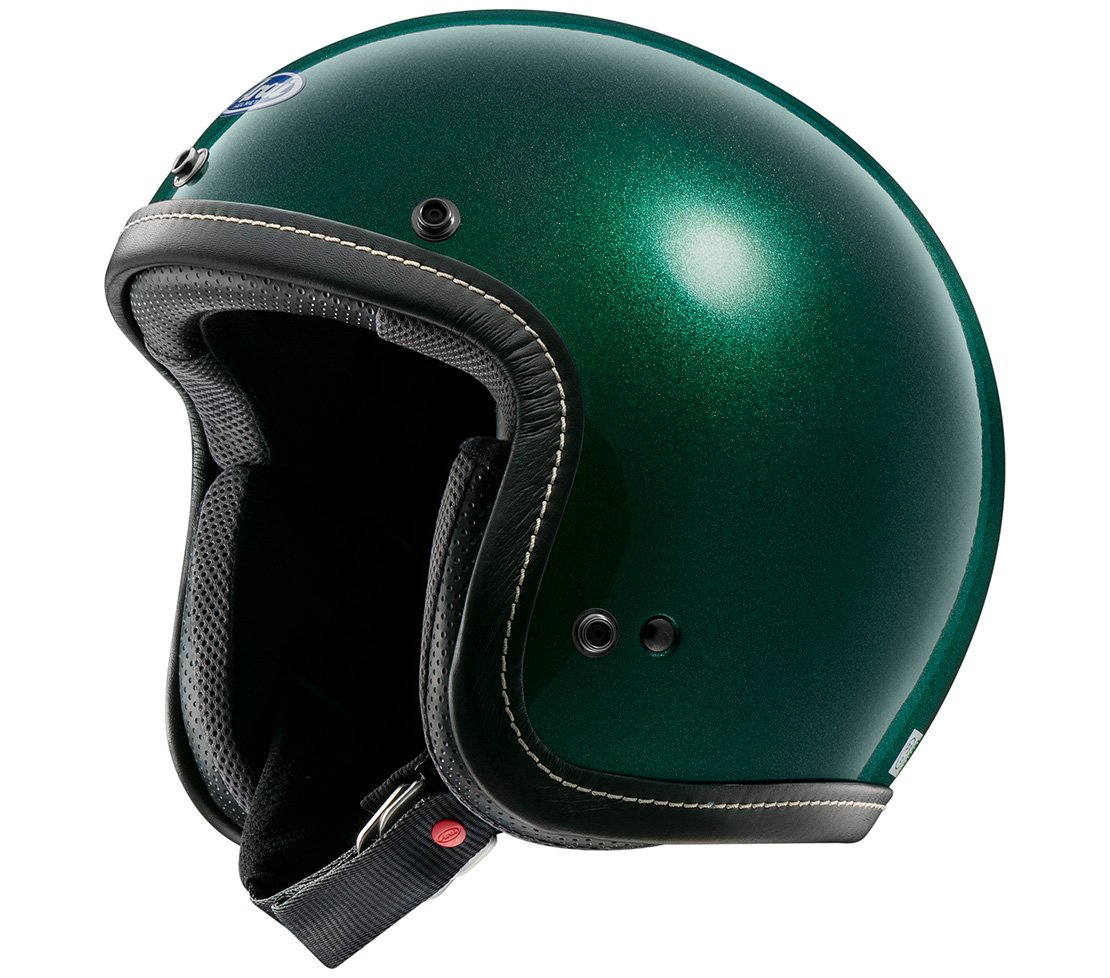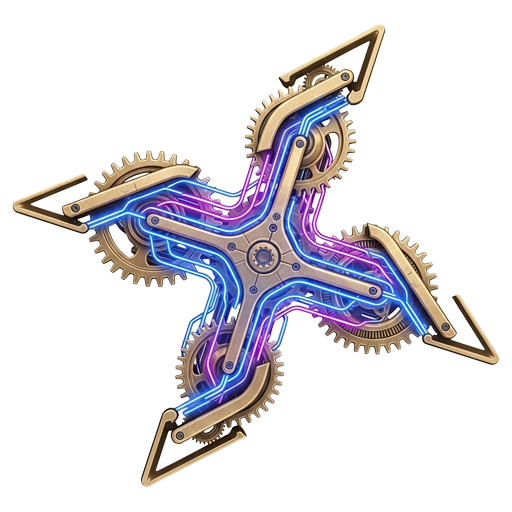In the ever-expanding universe of motorcycle gear, a distinct segment chases the ghosts of the past, seeking designs that echo a simpler, more visceral era of riding. Yet, this pursuit of vintage aesthetics often comes with a compromise in modern protection and comfort. Arai, a manufacturer whose name is synonymous with uncompromising safety, addresses this paradox with the Classic-V. This isn’t merely a retro-styled shell; it’s a calculated execution of engineering, designed to deliver the material science and safety performance of a modern helmet within a silhouette of the past. It’s a study in purposeful anachronism.
Deconstructing the Chassis: Beyond the Fiberglass Form
The soul of any helmet is its shell, and the Classic-V’s foundation is pure Arai. It utilizes the brand’s proprietary Peripherally Belted Complex Laminate Construction (PB-cLc). This is not the simple molded plastic of a lesser helmet. It is a painstakingly hand-laid composite structure, the same fundamental technology found in Arai’s premier full-face race helmets. The “peripheral belt,” a reinforcing band integrated across the forehead area, significantly enhances structural integrity without adding unnecessary mass or thickness, a critical element in managing impact energy.
This construction philosophy adheres to Arai’s foundational R75 (Radius-75mm) concept—a commitment to a rounder, smoother, and stronger shell. The principle is straightforward: a round surface is more likely to “glance off” impact energy rather than transmitting it directly to the rider. In a world of aggressive, hyper-stylized helmet shapes, the Classic-V’s clean, organic form is not just a nod to vintage design; it is a direct application of Arai’s core safety doctrine. It’s a quiet testament to the idea that the most effective features are often the least conspicuous.
Internally, this robust shell is paired with a one-piece, multi-density EPS liner. While many manufacturers assemble liners from multiple pieces of varying densities, Arai’s integrated approach allows these different zones to work in concert during an impact. This synergy enables the use of a softer, thinner, and lighter liner overall, contributing to a more compact profile and reducing the dreaded “bobblehead” effect that plagues many open-face designs. The result is a helmet that sits lower and feels more balanced, a critical factor in long-distance comfort.

The Hidden Engine of Comfort: A Revolutionary Airflow System
Perhaps the most significant engineering achievement within the Classic-V is its ventilation system—or more accurately, its invisibility. Open-face helmets are, by nature, airy. However, they often lack a managed airflow system, leading to inconsistent cooling and heat build-up at the crown. Arai has engineered a solution that preserves the helmet’s unblemished retro aesthetic.
Three discreet intake channels are integrated into the forehead area of the shell, hidden from view. These draw air into a multi-stage channel within the EPS liner. This cool air flows over the scalp, drawing heat and moisture away, before exiting through twin Venturi exhaust ports at the rear base of the helmet. The low pressure created by these exhausts actively pulls the warm air out. It is a sophisticated, patented system that provides genuine, perceptible cooling without a single visible scoop or vent to mar the helmet’s classic lines. This is not just ventilation; it is a climate control system masquerading as a simple piece of safety equipment.
The Cockpit: A Tactile Interface
The interior of the Classic-V is a lesson in material discipline. While the main comfort liner is not removable, a pragmatic decision likely tied to the integration of the ventilation channels, the cheek pads can be taken out for cleaning or to fine-tune the fit. The liner material itself is an antimicrobial, low-acidic fabric that resists odors and helps maintain a neutral pH balance against the skin. This attention to micro-detail is what elevates a piece of gear from a simple accessory to a long-term riding partner.
The trim is a high-quality faux leather, precisely stitched and set into a recessed channel in the shell, presenting a clean, seamless finish. A matching goggle strap holder on the rear, secured with a classic snap, completes the vintage look. While some may argue for genuine leather at this price point, the chosen synthetic material offers superior durability and weather resistance—a pragmatic choice that aligns with the helmet’s purpose as functional riding equipment, not just a fashion statement. The intermediate oval fit shape, Arai’s most common internal profile, ensures the Classic-V will comfortably accommodate the majority of riders in the North American market.

Performance Verdict: Safety Without Anachronism
To wear the Arai Classic-V is to understand the difference between costume and uniform. While it delivers the open-air experience that riders of classic and cruiser machines cherish, it does so with a safety and technology pedigree that is anything but old-fashioned. The Snell M2020 certification places it in an elite class of open-face helmets, signifying a level of impact protection far exceeding the minimum DOT standard.
This is not a helmet for the rider who prioritizes style above all else. It is for the discerning enthusiast who understands that true quality is found in the meticulous execution of details, both seen and unseen. The Classic-V is a bridge between two worlds: it offers the aesthetic of a bygone era, but its soul—its engineering, its material science, and its unwavering commitment to protection—is firmly planted in the present. Arai has not just redefined a classic helmet; it has re-engineered the entire concept.

